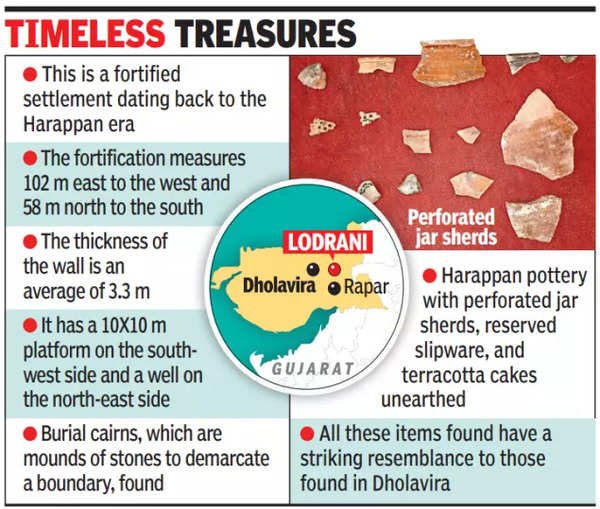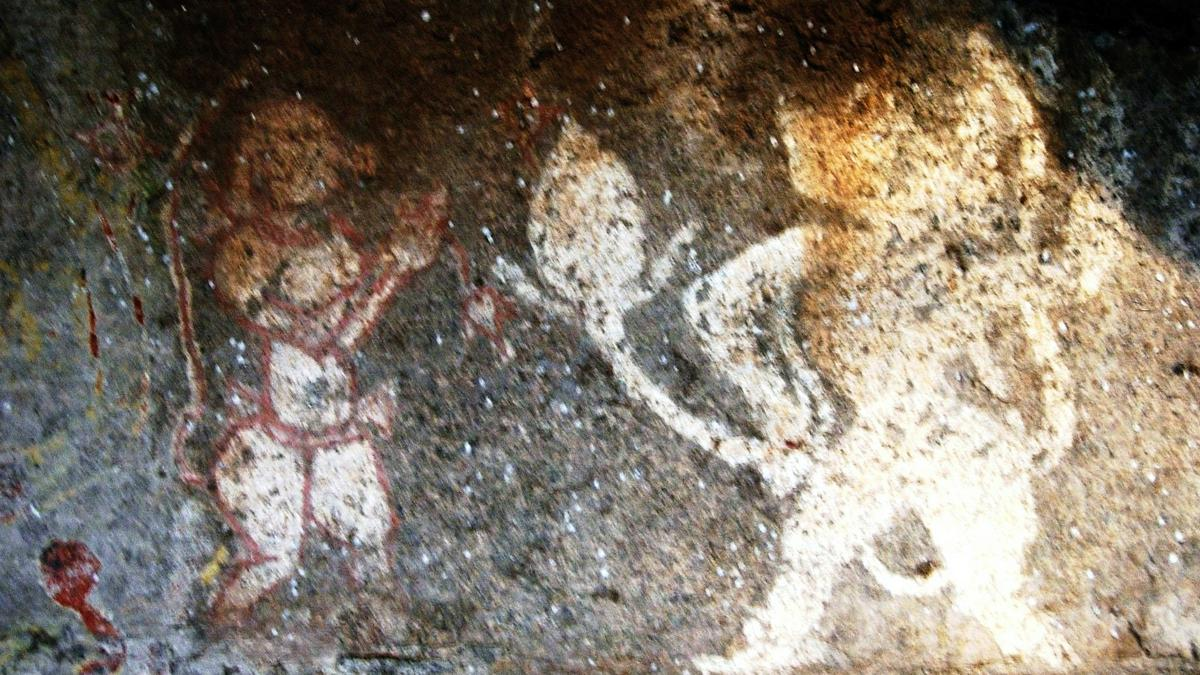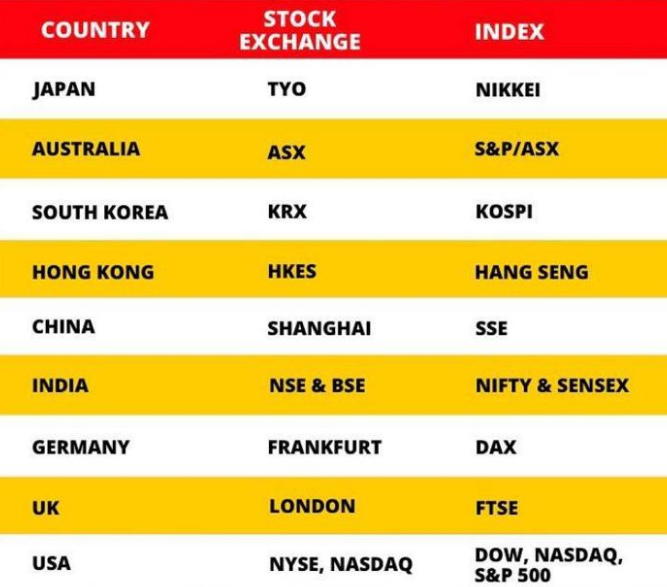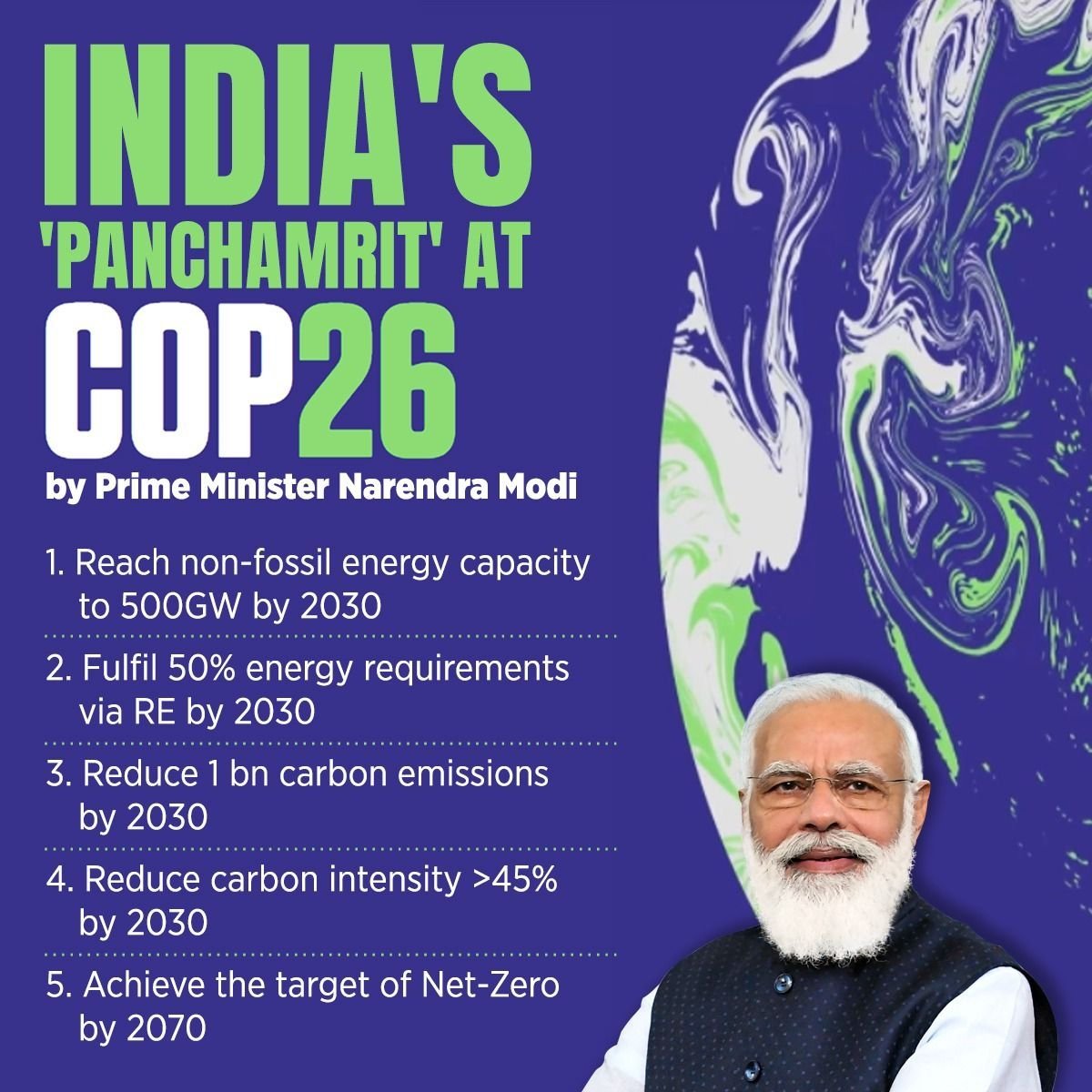
Current Affairs for UPSC Civil Services Exam – March 14, 2024
Subscribers of "Current Affairs" course can Download Daily Current Affairs in PDF/DOC
Subscribe to Never Miss an Important Update! Assured Discounts on New Products!
Must Join PMF IAS Telegram Channel & PMF IAS History Telegram Channel
{GS2 – MoHI – Schemes} Electric Mobility Promotion Scheme 2024
- Context (PIB): Ministry of Heavy Industries announces Electric Mobility Promotion Scheme 2024.
- Why a new scheme? The second phase of FAME-II, (Faster Adoption and Manufacturing of Electric Vehicles) in India programme, ends on March 31, 2024.
About Electric Mobility Promotion Scheme 2024
- Aim: To increase the sale of electric two-wheelers, three-wheelers and e-rickshaws.
- Budgetary support: Rs. 500 crores.
- Validity of the scheme: 4 months, w.e.f. 1st April 2024 till 31st July 2024.
-
Eligible EV categories
- Two Wheelers (electric) (e-2W). The government aims to provide support for about 3.3 lakh two-wheelers.
- Three-wheeler (electric) including registered e-rickshaws & e-carts and L5 (e-3W).
-
Benefits
- Under the scheme, financial support of ₹10,000 per two-wheeler will be provided.
- Also, small three-wheelers (e-rickshaws and e-carts) will be provided with financial support of ₹25,000 for purchasing them.
- For large three-wheelers, financial support of ₹50,000 will be provided.
{GS2 – MoSJE – Initiatives} PM-SURAJ portal
- Context (PIB): PM inaugurated the Pradhan Mantri Samajik Utthan evam Rozgar Adharit Jankalyan (PM-SURAJ) Portal.
- Implemented by: The Ministry of Social Justice and Empowerment.
- The focus is on uplifting marginalised segments, including Scheduled Castes, Backward Classes, and sanitation workers by providing credit assistance.
- Credit support will be provided to eligible persons across the country and facilitated through banks, NBFC-MFIs, and other organisations.
{GS2 – Polity – IC – Elections} Election Campaign Funding/Electoral Funding
- Context (TH): With General elections coming up and the SC verdict on electoral bonds, Election campaign funding is once again in the news.
- Last year, the expenditure limit for candidates for LS constituencies was increased from Rs 54 lakh-Rs 70 lakh (depending on states) to Rs 70 lakh-Rs 95 lakh by the ECI.
- The spending limit for Assembly constituencies was hiked from Rs 20 lakh—Rs 28 lakh to Rs 28 lakh—Rs 40 lakh (depending on the state).
- The enhanced amount of Rs 40 lakh would apply in Uttar Pradesh, Uttarakhand and Punjab and ₹28 lakh in Goa and Manipur.
Cost Inflation Index (CII)
|
Importance of electoral funding in a parliamentary democracy
- In a democratic nation, it is crucial for the government to disseminate information about its policies and initiatives.
- During the initial decades of independence in India, this was predominantly achieved through public meetings.
- However, over the past three decades, awareness has been promoted through advertisements in print and electronic media, given their extensive reach.
- Conducting Elections: Elections in India are the largest democratic exercise in the world.
- With a population of over 1.3 billion, the country requires a significant amount of funds to conduct elections in a free and fair manner.
- Cost of Campaigning: Election campaigns in India have become increasingly expensive. Political parties and candidates spend a large amount of money on advertising, rallies, and other activities.
- Democratic Participation: Adequate electoral funding can encourage greater democratic participation by allowing more individuals to run for office and compete in elections.
- This can lead to a more diverse range of candidates and ideas, which can enrich the democratic process.
Some relevant facts on Election Spending in India
|
Electoral funding ecosystem in India
- Section 29C of the Representation of People’s Act (RPA), 1951: A political party shall prepare a report on the contribution in excess of twenty thousand rupees received from any person in that financial year.
- Section 77 of the RPA, 1951: Every candidate shall keep a separate and correct account of all expenditures incurred from nomination to results declaration.
- Section 10A of RPA, 1951: All candidates are required to submit their expenditure statement to the ECI within 30 days of the completion of the elections. An incorrect account or expenditure beyond the cap can result in the ECI disqualifying the candidate for up to three years.
- The limit prescribed by the ECI is meant for legitimate expenditure because a lot of money in elections is spent for illegitimate purposes.
- It has often been argued that these limits are unrealistic as the candidate’s actual expenditures are much higher.
- In 2019, a private member bill was introduced in the Parliament, proposing to abolish the cap on election spending by candidates.
- The ceiling on election expenses is counterproductive, encouraging candidates to under-report their expenditures.
- There is no cap on a political party’s expenditures, which its candidates often exploit.
- However, all registered political parties have to submit a statement of their election expenditure to the ECI within 90 days of the completion of the elections.
- Individual Donations: A limit of Rs. 2,000 per person has been set for cash donations. In contrast, donations above this limit must be made through other permissible modes of payment, such as cheques or digital transactions.
- Corporate Donations: Companies, both Indian and foreign, are allowed to make donations to political parties in India. They are required to disclose the details of the contributions made to the parties in their annual report to the Ministry of Corporate Affairs.
- Electoral Trusts: Electoral trusts are set up by various organisations to provide a transparent mechanism for political funding. These trusts are required to disclose the details of the contributions received and the donations made to political parties.
- Electoral Bonds: Electoral bonds, introduced in 2018, can be purchased by individuals or companies from designated banks and donated to political parties.
- These bonds could have been redeemed only by political parties and are anonymous.
Challenges pertaining to electoral funding practices in India
- Anonymity of donations through Electoral Bonds: It has made it easier for companies, wealthy individuals, and foreign entities to make anonymous donations to political parties.
- The ceiling on cash donations has been lowered: The limit for anonymous cash donations by any individual to a political party has been reduced from ₹20,000 to ₹2,000, leading to more anonymous donations.
- Cap on corporate contributions lifted: The limit on corporate donations up to 7.5 per cent of a company’s net profit for the past three financial years has been removed.
- This has increased the politico-corporate nexus, and hence, the role of ‘Big Money’ can influence elections in favour of corporations.
- Foreign funding allowed: Political parties are allowed to receive foreign funds.
- Hence, the amendment to the Foreign Contribution (Regulation) Act 2010 has raised concerns about the potential influence of foreign entities on Indian politics.
- Influence of black money: Another major challenge in electoral funding in India is the influence of black money.
- Many political parties receive donations in cash, making it difficult to trace the source of the funds.
- High election costs: Running for office in India is expensive, which can disadvantage smaller parties.
- The cost of campaigning can be a significant barrier to entry for new or smaller political parties, limiting the diversity of political representation.
Global examples regarding electoral funding
- Some measures that have been followed by various countries for electoral funding:
- United States: The Tillman Act of 1907 made it illegal for corporations and national banks to make financial contributions to candidates running for public office.
- United Kingdom: The Political Parties Elections and Referendums Act of 2000 has banned company donations without the prior approval of shareholders.
- France: France has introduced state funding, subsidies, strict disclosure legislations, robust reporting of the donations to political parties by the media, and a ban on corporate contributions and business houses.
- Germany: Reliance on state funding alienated the masses from the political parties, who felt no need to connect with the majority of the population.
- In 1994, a Constitutional Court held that over-reliance on state funding was not an effective tool.
Reforms suggested regarding electoral funding in India?
- State Funding of Elections: The 2nd Administrative Reforms Commission (ARC), Dinesh Goswami Committee (1990), and other entities have proposed state funding of elections.
- Transparency in Electoral Bonds: Electoral bonds can be effective and transparent if donors are disclosed, restrictions on the quantum of funds that can be donated are imposed, and political parties are required to disclose their sources of funding.
- National Election Fund: Former Chief Election Commissioner T.S. Krishnamurthy has recommended exploring the possibility of a National Election Fund with donations based on an agreed-upon principle, such as the number of votes received.
- Political parties under RTI: Bringing political parties within the purview of the Right to Information (RTI) Act would address the problems of utilising black money and promoting crony capitalism.
- Other Measures: Small donations, public subsidies, and membership fees, along with strict disclosure and reporting requirements, must be encouraged.
Recommendations on State Funding
Indrajit Gupta Committee (1998)
- It would ensure a level playing field for poorer political parties and argued that such a move would be in the public interest.
- State funds be given only to recognised national and state parties and that funding be provided in the form of accessible facilities to these parties and their candidates.
Law Commission Report (1999)
- State funding of elections is ‘desirable’, provided that political parties are prohibited from taking funds from other sources.
National Commission to Review the Working of the Constitution (2000)
- It did not support the idea but mentioned that an appropriate framework for the regulation of political parties needs to be implemented before state funding is considered.
Election Commission of India, 2016 report- Proposed Electoral Reforms
- To address the issue of electoral funding and ensure fair elections:
- A prohibition on government advertisements six months prior to any general election could be instituted.
- An amendment to the law should stipulate that a party’s financial assistance to its candidate must conform to the prescribed election expenditure limits for that candidate.
- Party expenditures ought to be capped, perhaps not exceeding the expenditure ceiling limit designated for a candidate multiplied by the number of candidates from the party contesting the election.
- The appointment of additional judges in High Courts could expedite the resolution of election-related cases and act as a deterrent against norm violations.
{GS3 – Envi – Conservation} Pobitora Wildlife Sanctuary
- Context (TH): SC stops Assam’s move to withdraw notification of Pobitora wildlife sanctuary.
What is the Issue?
- The Pobitora Wildlife Sanctuary was notified by the Assam forest department in March 1998.
- On March 10, the Assam Cabinet withdrew the notification issued by the State Forest Department.
- The Cabinet claimed the notification was issued without consulting the Revenue Department or CM.
- The government also argued that the sanctuary declaration was made without addressing the rights of villagers who lived in the area before Independence.
- SC stated that withdrawals like this need permission from the National Board of Wildlife.
- It has to be noted that the SC also previously issued an order preventing the reversal of the status of national parks, sanctuaries, and forests.
Pobitora Wildlife Sanctuary

- It is located on the southern banks of the Brahmaputra River of Assam and it is located at around 40 km from the heart of Guwahati city.
- A UNESCO World Heritage Site, it is home to the highest population density of the Indian One Horned Rhinoceros species.
- Other fauna: Asiatic Wild Water Buffaloes, leopards, jungle fowls, Civet cats, Wild boars, Wild Bears.
- It is often called ‘Mini Kaziranga’ because of the similar landscape.
{GS3 – IE – Industry} Overview of India’s Research and Development
- Context (TH): Breaking down India’s R&D funding numbers.
India’s total investment in R&D for 2020-21
- It stands at $17.2 billion in 2020-21 (According to the R&D statistics (2022-23) of the Department of Science and Technology).
- Within this sum, 54% ($9.4 billion) is allocated to the government sector and predominantly utilised by four key scientific agencies:
- The Defence Research and Development Organisation (30.7%).
- The Department of Space (18.4%).
- The Indian Council of Agricultural Research (12.4%).
- The Department of Atomic Energy (11.4%).
Gross Expenditure on Research and Development (GERD)
- Increased from ₹6,01,968 million in 2010-11 to ₹12,73,810 million in 2020-21.
- In India, GERD is mainly driven by the government sector.
- The central government (43.7%), State governments (6.7%).
- Higher Education Institutions (HEIs) (8.8%).
- The public sector industry (4.4%).
- The private sector industry (36.4%). (Data based on 2020–21)
Challenges
- The contribution of private industries (37% of the country’s GERD) lags behind that of many other economies. This is in contrast to the global trend, where business enterprises typically contribute over 65% of R&D.
- In leading innovative economies such as China, Japan, South Korea, and the U.S., a significant portion (>70%) of R&D funding is from private industries.
Positive trends
- Despite dedicating a lower share of GDP to R&D, India excels in producing academic talent.
- Annually, India produces 40,813 PhDs, ranking third globally after the United States and China.
- India’s research output is significant, ranking third globally with over 3,00,000 publications in 2022.
- In terms of patent grants, India ranks sixth globally, with 30,490 patents granted in 2022.

Initiative undertaken
- The interim Budget (2024-25) allocates ₹1 lakh crore to boost research and innovation within India.
- The National Deep Tech Startup Policy (NDTSP). It has the potential to incentivise private sector engagement in India’s R&D ecosystem.
- The recent enactment of the Anusandhan National Research Foundation (ANRF) Act underscores the government’s dedication to catlayse research and innovation.
{Prelims – In News} Atal Tinkering Labs
- Context (PIB): Government announced 10 Atal Tinkering Labs for Thiruvananthapuram schools.
- Atal Tinkering Laboratories (ATLs) are established in schools across India as part of the Atal Innovation Mission‘s vision ‘Cultivate one Million children in India as Neoteric Innovators’.
- Objective: These labs aim to foster curiosity, creativity, and imagination in young minds while also imparting skills like design mindset, computational thinking, and physical computing.
- Financial Support: Each ATL receives a grant-in-aid covering a one-time establishment cost of Rs. 10 lakh and operational expenses of Rs. 10 lakhs for up to five years.
- Eligibility: Schools from Grade VI to X managed by government, local bodies, or private trusts/societies are eligible to set up ATLs.
- ATLs serve as hubs for nurturing future skills through hands-on learning experiences, bridging social divides by offering equal opportunities to all children.
Atal Innovation Mission (AIM)
|
{Prelims – S&T – Defence} Dhruv Mk III
- Context (PIB): The Ministry of Defence signed contracts with Hindustan Aeronautics Limited (HAL) to acquire 34 Advanced Light Helicopters (ALH) Dhruv Mk III.
Advanced Light Helicopter (ALH-DHRUV)
|
ALH Dhruv Mk III UT (Utility)
- It is designed for the Indian Army and serves purposes such as Search and rescue, Troop Transportation, and Reconnaissance/Casualty Evacuation.
- It has proven performance in high-altitude regions like Siachen Glacier and Ladakh.
ALH Mk III MR (Maritime Role)
- It is designed for the Indian Coast Guard and serves purposes such as Maritime Surveillance, Interdiction, and Search and Rescue.
- It is capable of operations in adverse atmospheric conditions over sea and land.
{Prelims – S&T – Defence} Launch of ‘Agray’ and ‘Akshay’
- Context (PIB): ‘Agray’ and ‘Akshay’, the 5th and 6th ships of the Anti-Submarine Warfare (ASW) Shallow Water Craft (SWC) Project, were launched at M/S GRSE, Kolkata.
- These ships are part of the 08 x ASW Shallow Water Craft (SWC) Project being built by M/S GRSE for the Indian Navy.
- The ships have been rechristened as Agray and Akshay, named after the erstwhile Abhay Class Corvettes Agray and Akshay of the Indian Navy.
|
- The Ministry of Defence (MOD) and Garden Reach Shipbuilders & Engineers (GRSE), Kolkata, signed the contract for building eight ASW SWC ships in 2019.
- They are designed for anti-submarine operations in coastal waters, Low-Intensity Maritime Operations (LIMO), and Mine Laying Operations.
- ASW SWC ships are 77.6 m long & 105 m wide, with a displacement of 900 tons and endurance of over 1800 NM.




![PMF IAS Environment for UPSC 2022-23 [paperback] PMF IAS [Nov 30, 2021]…](https://pmfias.b-cdn.net/wp-content/uploads/2024/04/pmfiasenvironmentforupsc2022-23paperbackpmfiasnov302021.jpg)










